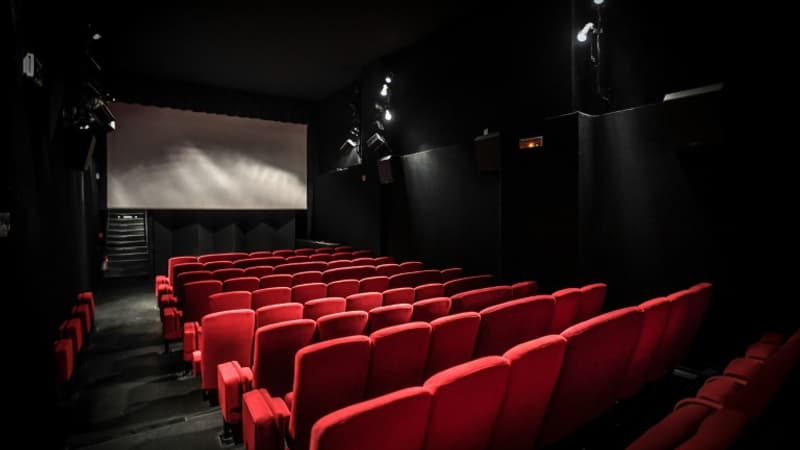The Court of Auditors joins the debate on public support for French cinema and regrets that too many films do not find an audience in theaters. In a report presented this Wednesday, the highest financial court analyzes more than a decade (2011-2022) of management of the National Center for Cinema and Animated Images (CNC), dependent on the Ministry of Culture.
Its report is complimentary for a public institution that generates nearly 700 million euros in annual resources for the sector, which has allowed it to overcome the pandemic and adapt to the arrival of platforms such as Netflix. But one of his recommendations runs the risk of making noise: the Court of Auditors calls for “a profound reform of aid” to cinema, which is too numerous – a hundred – and too complex for its taste.
Enough to relaunch the debate just six months after the intense controversy sparked by the words of director Justine Triet, who received her Palme d’Or in Cannes for “Anatomy of a Fall.” She had criticized public authorities, accusing them of wanting to “break” the cultural exception and sacrificing help to young authors for the sake of profitability. “Ungrateful and unfair,” responded the Minister of Culture, Rima Abdul Malak, before the political world addressed the issue.
“Rationalization”
The Court of Auditors’ diagnosis aims to be nuanced. “We do not want there to be fewer films, but rather that there are fewer films that do not reach their audience,” the first president of the Court of Auditors, Pierre Moscovici, insisted before the press. The Court recalls that the CNC continues to be guarantor “of the French model, called cultural exception, which combines independent production and creativity.” This model “has allowed us to maintain a French cinema market share of almost 40%,” he adds.
But financial magistrates point out that film aid continues to increase, while more and more films do not find an audience in theaters. A third of French films attracted fewer than 20,000 viewers in 2019, up from a quarter a decade earlier.
The Court also analyzes its profitability. Only 2% of the films subsidized by the advance on receipts, the most emblematic aid to auteur cinema, are profitable in theaters, according to the Court’s calculations, which do not take into account their subsequent exploitation. Some authors frequently receive support, such as the documentary filmmaker Claire Simon, funded seven times in ten years, Arnaud Despleschin (five times) or Justine Triet (four times), he emphasizes.
Tax credits for cinema have increased (160 million euros in 2022), which also reflects the rise of cinema. “We are not saying that there are too many films and that profitability should be the only criterion, since the CNC is there so that cinema can escape this logic of money, but a rationalization for greater efficiency is desirable,” said Pierre Moscovici.
Diversity
In its response to the Court of Auditors, the Ministry of Economy and Finance stated that it “shares the observation of a very high level of supported films” and the “need to reform aid.” But the president of the CNC, Dominique Boutonnat, regrets that the Court “almost exclusively analyzes the operation (of this policy) in light of the success of subsidized films in theaters.” In order for films to find their audience, the CNC works on their distribution, image education, support for festivals, assistance to movie theaters, particularly art houses…
Matignon agrees, stressing that it is necessary to take into account “the renewal of creation, the diversity of films proposed to the public and the international influence of our cinema”, all facets “that, in this case, are positive.” It will be necessary to “correct the support of the CNC, whose effectiveness does not seem convincing”, adds Prime Minister Elisabeth Borne, “so that French film production is seen by the widest possible audience.”
Source: BFM TV


